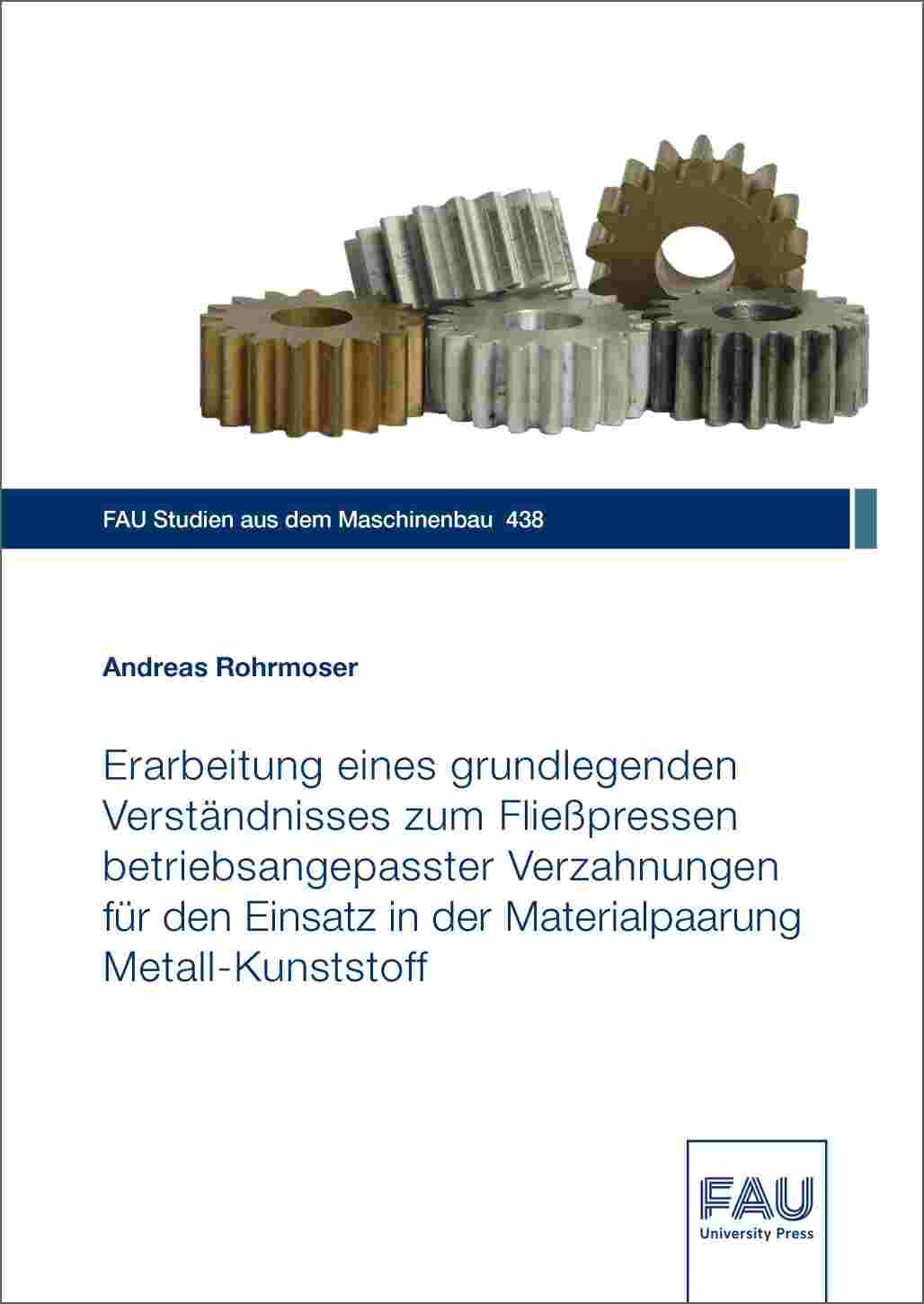Description
Gears represent integral and essential machine elements. For applications in the low and medium power range, the use of dry-running gears of the metal-polymer material pairing is promising, as the specific advantages of both materials are combined. However, wear occurs during operation, which limits compliance with functionally relevant tolerances and the service life. Within the pairing, the properties of the metallic partner significantly influence the wear behavior, which is why its manufacturing-related component properties are of decisive importance. Against this background, the use of cold forging for gear manufacturing offers potential due to short process times, high material efficiency as well as good achievable mechanical properties and a high resulting surface quality. Challenges, however, are the low gear accuracy as well as high tool loads.
In order to increase the application potential of cold forged gears in the material pairing metal-polymer and to reduce wear, a fundamental understanding of operation-adapted manufacturing is developed within this work. This includes the determination of parameters influencing the wear behavior of the metallic gearing and the identification of the wear mechanisms that occur. Furthermore, measures for the full forward extrusion of ready-to-use gears are investigated. For this purpose, influencing variables on the process and component properties as well as the underlying cause-effect relationships are determined. Based on this, control levers will be derived for systematically influencing the forming-induced component properties of cold forged gears. Finally, recommendations are derived for the manufacture of operation-adapted, ready-to-use metallic gears for the metal-polymer material combination by cold forging.


Reviews
There are no reviews yet.